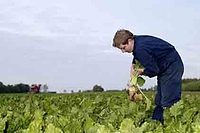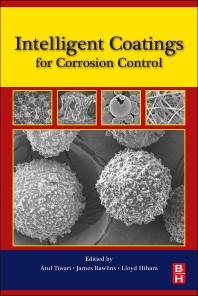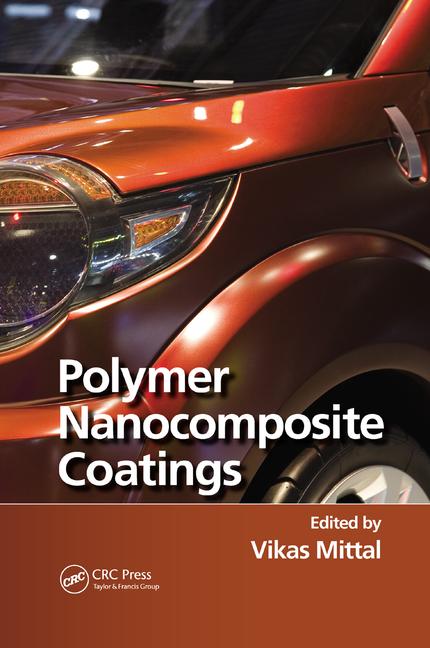Researchers Turn Plastic Bags into Nanomaterial

ADELAIDE, Australia - University of Adelaide researchers have developed a process for turning waste plastic bags into a high-tech nanomaterial.
The innovative technology uses non-biodegradable plastic grocery bags to make carbon nanotube membranes - highly sophisticated materials with a variety of potential applications including filtration, sensing, energy storage and a range of biomedical innovations.
Carbon nanotubes are tiny cylinders of carbon atoms, one nanometer in diameter (1/10,000 the diameter of a human hair). They are the strongest and stiffest materials yet discovered - hundreds of times stronger than steel but six times lighter - and their unique mechanical, electrical, thermal and transport properties present opportunities for research and development.
The University of Adelaide's Nanotech Research Group has “grown” the carbon nanotubes onto nanoporous alumina membranes. They used pieces of grocery plastic bags that were vaporized in a furnace to produce carbon layers that line the pores in the membrane to make the tiny cylinders. The idea was conceived and carried out by PhD student Tariq Altalhi.
The huge potential market for carbon nanotubes hinges on industry's ability to produce large quantities more cheaply and uniformly. Current synthesis methods usually involve complex processes and equipment, and most companies on the market measure production output in only several grams per day.
"In our laboratory, we've developed a new and simplified method of fabrication with controllable dimensions and shapes, and using a waste product as the carbon source," said Professor Dusan Losic, ARC Future Fellow and Research Professor of Nanotechnology in the University's School of Chemical Engineering.
The process is also catalyst and solvent free, which means the plastic waste can be used without generating poisonous compounds.
Looking for a reprint of this article?
From high-res PDFs to custom plaques, order your copy today!







